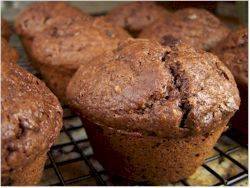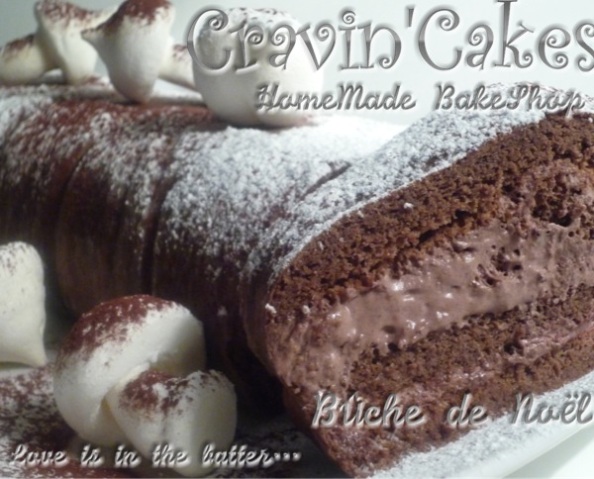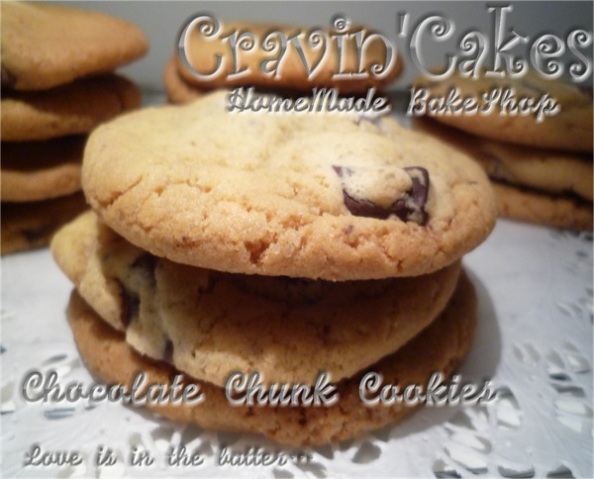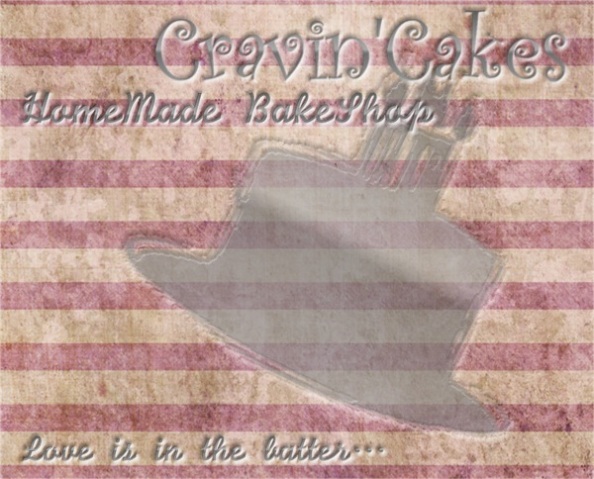Published on HT, 27 February 2014
A Scottish tradition that has come a long way in history.

Shortbread cookies can be made with different extra ingredients to give any desired flavour without altering their crumbly texture.
Photo credit: Valerie Brun – Helsinki Times
Originally called “biscuit bread”, the history of shortbread goes back to at least the 12th century. Back then, biscuits that were made from leftover bread dough, was sometimes sweetened and dried out in the oven to form a hard and dry rusk. This was practised all around Britain, not only in Scotland.
Later on, the leavening was replaced with butter, which made it an expensive and fancy treat that was only enjoyed during Christmas season and the Scottish New Year Hogsmanay. It is said that Mary Queen of Scots was particularly fond of them.
The large amount of butter is what makes a shortbread so crumbly. This is the reason why the fat added to biscuits and pastries is called “shortening”. Today’s shortbread is made from flour, butter and sugar. Only three ingredients from which many pastries can be made, each with different variations and added ingredients, including almonds and citrus fruits, to give them extra flavour.
Shortbread usually comes in three different forms: small round biscuits, fingers or large rounds. At one time, though, the dough was baked in a round mould and then cut into wedges that were given the name “petticoat tails”, referring to the shape of the shortbread wedges which was similar to the bell-hoop petticoats worn by court ladies back in the 12th century
The secret to making a good shortbread is to use good quality butter and pure vanilla extract. Butter is the main ingredient that brings all the flavour, colour, texture, aroma and body to the cookie.
Choosing a good vanilla extract is important as well. In Finland, vanilla extract is not so easy to find. But one can find them at Stockmann’s grocery store or online. Stay away from vanilla sugar for this recipe, as it is made with synthetic vanilla, and the flavour will not be as satisfying as pure vanilla extract.
Shortbread dough is so versatile: once it’s made, you can add 90 g of chocolate chips or a teaspoon of instant espresso powder, cinnamon, lemon or orange zest, etc. You can give it the flavour you want without altering the crumbly texture and quality of the cookie. For these particular shortbread cookies, I added a splash of coffee liquor to give it a rather stronger coffee flavour that harmonises perfectly with the chocolate glaze on top.
So here is the basic recipe for these shortbread cookies. Use your imagination and add the extra flavour you want to eat and enjoy!
Bon appétit or better said in good Scottish Gaelic: Ith gu leòir!! (“eat plenty”, literally translated).
|
Recipe • 260 g all-purpose flour For chocolate dipped shortbreads: • 180 g semi-sweet or bittersweet chocolate, finely chopped. Instructions: • In a separate bowl, whisk the flour with the salt. Set aside. •In the bowl of your electric mixer, beat the butter until smooth and creamy (about 1 minute). Add the sugar and beat until smooth (about 2 minutes). Beat in the vanilla extract. Gently stir in the flour mixture just until incorporated. Flatten the dough into a disk shape, wrap it in plastic and chill the dough for at least an hour or until firm. • Preheat oven to 177°C with the rack in the middle of the oven. Line up two baking sheets with parchment paper. • On a lightly floured surface, roll out the dough into a 0.6 cm thick circle. Cut into rounds or other shapes using a lightly floured cookie cutter. Place them on the prepared baking sheets and keep them in the refrigerator for about 15 minutes before baking. This will firm up the dough so that the cookies will maintain their shape when baked. • Bake for 8-10 minutes or until the cookies are very lightly browed. Cool on a wire rack. For chocolate dipped shortbreads: • Place 90 g of the finely chopped chocolate in a heatproof bowl and place it over a saucepan of simmering water. Once the chocolate has melted, remove it from the heat. Add the remaining chocolate and stir with a wooden spoon until it has completely melted and is smooth and glossy. • Pour the chocolate onto the cookies from left to right and/or up and down, decorating the cookies with chocolaty patterns. • If you wish, you can also dip one end of each cookie in the melted chocolate and place it on a parchment lined baking sheet. • Place the cookies in the fridge for about 10 minutes or until the chocolate has hardened. • Shortbread cookies will keep in an airtight container for about a week or they can be frozen. Makes about 20 middle-sized shortbread cookies. |





















